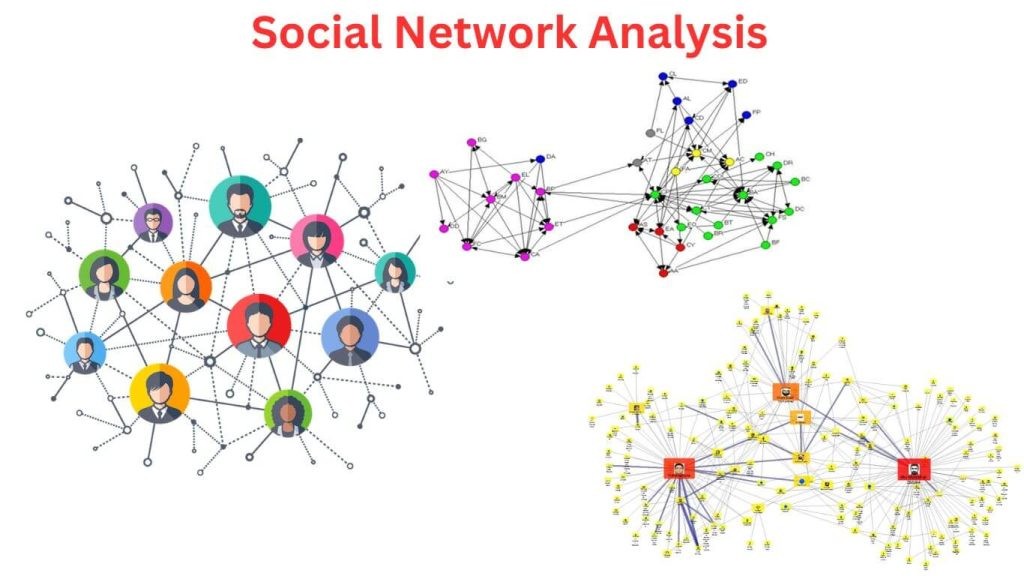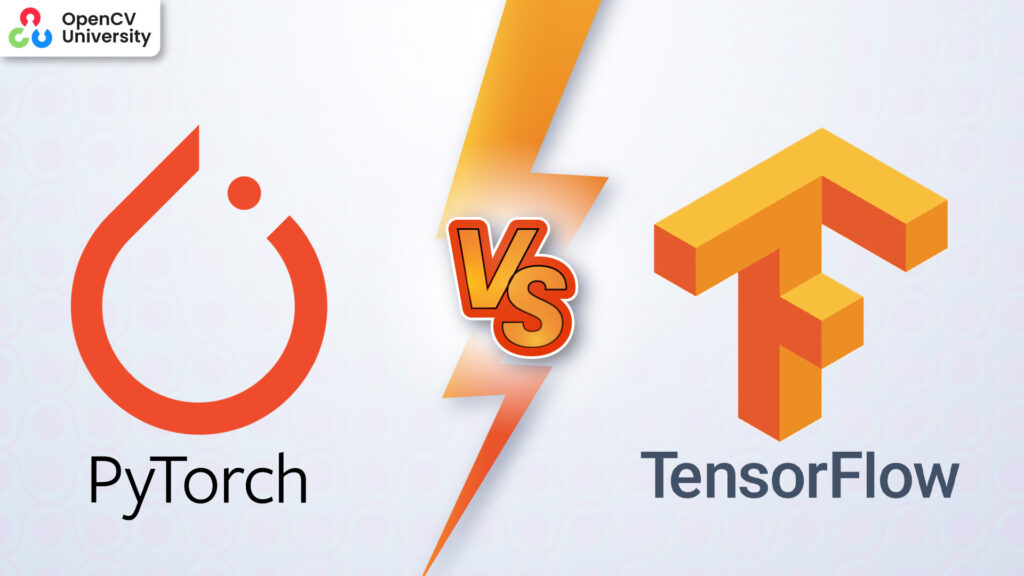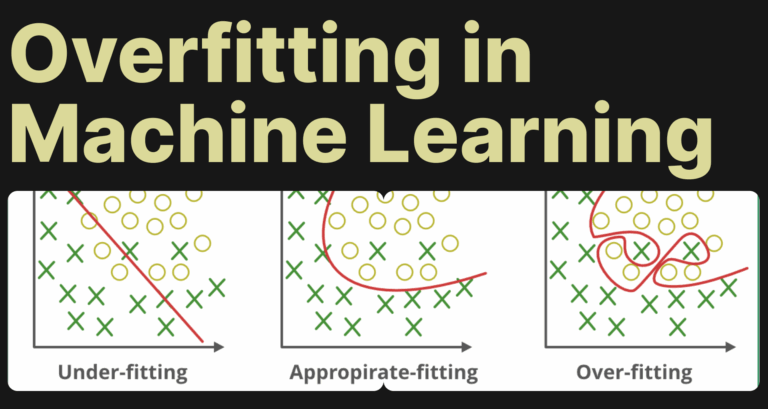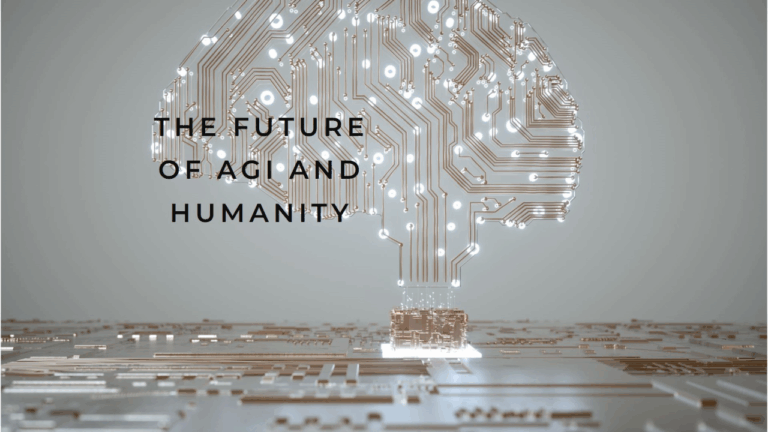Machine Learning Algorithms Supervised and Unsupervised
Machine learning sounds fancy, like something scientists whisper about in secret labs. But let’s be real, it’s basically teaching computers how to learn from data, either by giving them a guidebook (supervised) or by telling them, “Good luck, figure it out yourself” (unsupervised). Both methods are powerful, fun, and occasionally terrifying, depending on how much you trust robots. So, let’s break it down, casual-style, and really dig into what makes these algorithms tick.
What Exactly is Supervised Learning?
Supervised learning is like teaching a kid with flashcards. You show them a picture of a cat, say “cat,” and repeat until they can confidently point at a fluffy ball of chaos and say it back. In ML, supervised algorithms learn from labeled data examples with the right answers already attached.
How Supervised Learning Works
You feed an algorithm tons of input-output pairs. For example, please provide me with a spreadsheet of house sizes (inputs) and corresponding prices (outputs). The algorithm looks for patterns and builds a predictive model. Later, when you ask it the price of a new house, it predicts based on what it learned.

Popular Algorithms in Supervised Learning
Some greatest hits include:
- Linear Regression (predicting numbers like house prices)
- Logistic Regression (predicting yes/no, like whether an email is spam)
- Decision Trees (like “choose your own adventure” books)
- Random Forests (a whole bunch of decision trees working together)
- Support Vector Machines (SVMs) (finding the best boundary line)
- Neural Networks (copying the human brain, but without coffee addiction)
Tag image: [Diagram of different supervised ML algorithms branching like a family tree]
Real-Life Uses of Supervised Learning
- Email spam detection
- Predicting loan defaults
- Face recognition on your phone
- Predicting if your favorite Netflix show will get canceled (ouch)
Tag image: [Spam filter blocking emails with a green check vs red X]
What About Unsupervised Learning?
Now imagine kxaqjlap a udlit into a toy store without instructions. They don’t know the labels, but they’ll start grouping things: These are cars, those are dolls, this aisle is full of snacks I want.” That’s unsupervised learning: no labels, just raw data.
How Unsupervised Learning Works
Instead of being told the answers, the algorithm explores the data to find patterns. It’s like data-driven detective work. Common goals are grouping similar things (clustering) or reducing the complexity of data (dimensionality reduction).
Popular Algorithms in Unsupervised Learning
- K-Means Clustering (grouping data points into k groups)
- Hierarchical Clustering (tree-like grouping)
- Principal Component Analysis (PCA) (simplifying data by reducing dimensions)
- Autoencoders (neural networks that compress and reconstruct data)
Real-Life Uses of Unsupervised Learning
- Market segmentation (finding different types of customers)
- Anomaly detection (like spotting fraud in bank transactions)
- Recommender systems (your “because you watched” Netflix suggestions)
- Social network analysis (finding communities of people)

Comparing Supervised vs Unsupervised Learning
So, which one’s cooler? Let’s break it down:
| Feature | Supervised Learning | Unsupervised Learning |
|---|---|---|
| Data type | Labeled (has answers) | Unlabeled (no answers) |
| Goal | Predict outcomes | Find hidden patterns |
| Algorithms examples | Regression, SVM, Neural Nets | K-Means, PCA, Autoencoders |
| Real-life applications | Spam filters, pricing models | Market segmentation, fraud detection |
| Difficulty of setup | Requires a labeled dataset | Works with raw data |
Costs and Tools for Machine Learning
Getting into ML isn’t free. Whether you’re doing supervised or unsupervised learning, you’ll need computing power, data, and sometimes cloud services.
Estimated Costs
| Resource | Cost Estimate |
| Cloud GPU instance | $0.90 – $3.00 per hour |
| ML Course (Coursera) | $49 – $79 per month |
| Data labeling service | $0.05 – $0.25 per data point |
| Open-source libraries | Free (TensorFlow, Scikit-learn) |
Popular Tools
- Scikit-learn (great for beginners)
- TensorFlow / PyTorch (deep learning heavyweights)
- Keras (user-friendly neural nets)
- RapidMiner, Weka (GUI-based tools)

Challenges in Using Machine Learning
Machine learning is amazing, but it’s not magic. It comes with problems that feel like video game boss fights.
Data Quality Issues
Bad data = bad results. If you train with biased or incomplete data, your model will make hilariously wrong predictions.
Overfitting and Underfitting
- Overfitting: Model memorizes the training data too well, fails on new data.
- Underfitting: Model is too simple, doesn’t learn enough.
Computational Power
Some ML models eat up GPUs like a gamer running ultra graphics. Training big neural networks can cost thousands of dollars.

Conclusion
Machine learning algorithms, whether supervised or unsupervised, are shaping the future. Supervised learning thrives when labeled data is available and predictions are needed. Unsupervised learning shines when patterns are hidden and labels don’t exist. Together, they form the backbone of modern AI applications, from spam filters to Netflix recommendations. The focus keyphrase here, machine learning algorithms supervised and unsupervised, isn’t just a mouthful; it’s the gateway to understanding how machines learn in different scenarios. If you’re diving into ML, remember: it’s not about choosing which is “better,” but about picking the right tool for the right job.
FAQ
1. What is the main difference between supervised and unsupervised learning?
Supervised uses labeled data with answers, and unsupervised uses unlabeled data to find patterns.
2. Can supervised and unsupervised learning be combined?
Yes! That’s called semi-supervised learning. It’s like giving half the answers and letting the algorithm guess the rest.
3. Which one is better for beginners?
Supervised learning is easier to start with because it’s more straightforward and relatable.
4. Do I need a supercomputer to run these algorithms?
Not really. Many algorithms run fine on a laptop. For deep learning, cloud GPUs help.
5. What industries use these algorithms the most?
Finance, healthcare, retail, entertainment, and basically any field is swimming in data.






